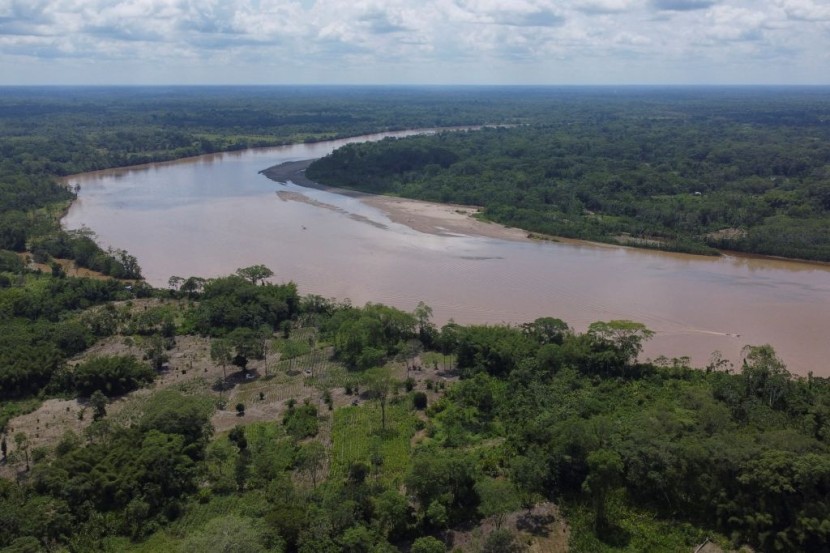
The Amazon jungle is slowly losing its ability to recover from disturbances such as droughts and land-use changes, a new study suggested on Monday.
Scientists involved in the research have revealed data that adds to the concern that the rainforest is approaching a "tipping point" or a critical threshold beyond which much of it will be replaced by grassland, with vast consequences for biodiversity and climate change.
Amazon's "Tipping Point"
Experts who were part of the study said that their analysis did not pinpoint when this threshold, which they described as a tipping point, would occur or be reached. Tim Lenton, one of the scientists and the director of the Global Systems Institute at the University of Exeter in England, said that it was worth remembering that the tipping point could mean losing the Amazon rainforest.
Lenton argued that without the Amazon rainforest, there would be significant feedback to global climate change. The result could be up to 90 billion tons of heat-trapping carbon dioxide getting put back into the atmosphere, the scientist said, which is equivalent to several years of global emissions, as per the New York Times.
There have been large degrees of uncertainty among previous studies about when the tipping point could be reached. However, separate research concluded that deforestation, drying, and other factors, could result in substantial forest dieback in the Amazon by the end of this century.
Read Also: Pentagon Orders Closure of Hawaii Fuel Storage Facility After Leak That Contaminated Water
The Amazon rainforest is home to a unique array of animals and plant life, stores a vast amount of carbon, and strongly influences global weather patterns. These factors make the region crucial to the health of the planet.
According to CNN, scientists involved in the study said that roughly three-quarters of the rainforest was showing signs of "resilience loss." They studied month-to-month satellite data from the last two decades and mapped the biomass, which is the amount of organic material in the area, and the greenness of the forest. They used these to see how the Amazon has changed in response to fluctuating weather conditions.
Global Warming Effects
A climate scientist at the University of Sao Paulo's Institute of Advanced Studies, Carlos Nobre, who was not part of the study, said that he was not supposed to be afraid as a scientist. However, after reading the research, he developed anxiety for the future of the human race and the planet.
For the last 50 million years, the Amazon has been in a wet rainforest phase, a position that could shift to a different one with very little warning. The trees in the region themselves ensured their continued existence. The water evaporating from leaves creates an endless loop of rainfall while the canopy prevents sunlight from drying out the soil.
However, human-caused warming and deforestation have disturbed the self-reinforcing system of the Amazon rainforest. Warmer conditions in the Atlantic Ocean have extended the region's dry season by several weeks. With roughly 17% of the rainforest's trees cut down, the water recycling system of the area has been severely impacted, the Washington Post reported.
Related Article: COVID-19 Mild Case Can Still Damage Brain, Addle Thinking, Scientists Discover Along With New Gene Differences in Severe Patients
Related Article:
© 2025 HNGN, All rights reserved. Do not reproduce without permission.








